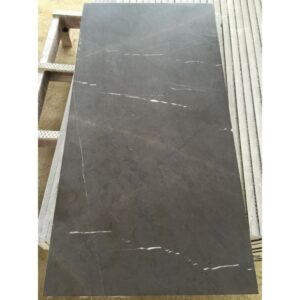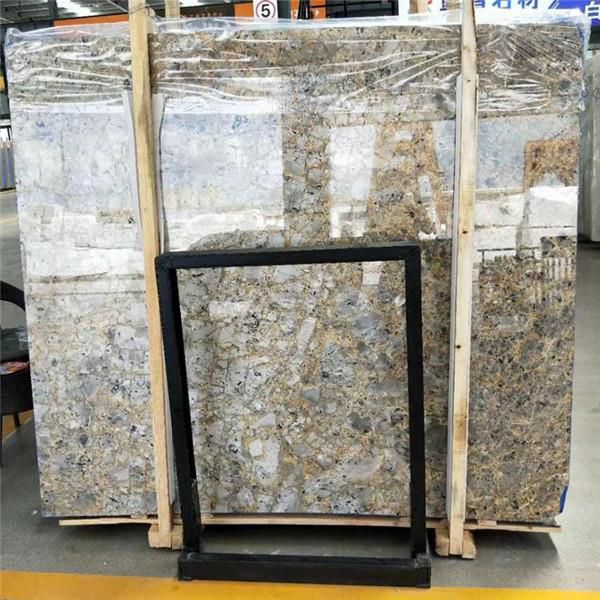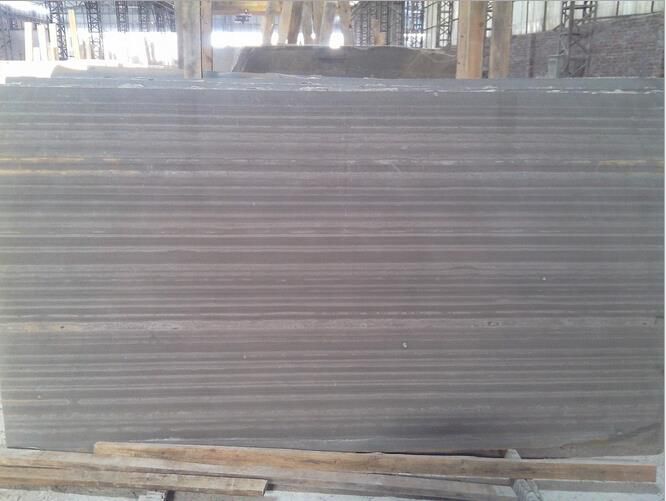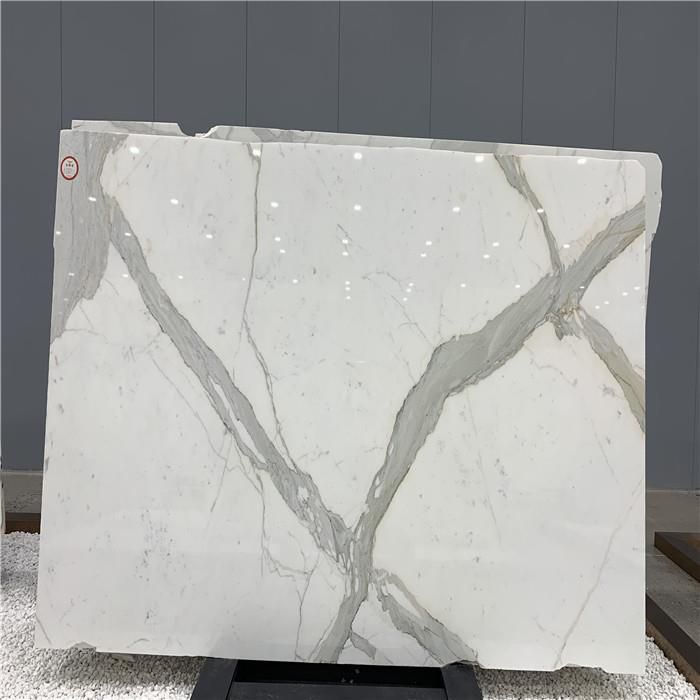1. What is pietra gray marble?
Pietra gray marble is a rare, versatile and beautiful natural stone that has been used in many different ways by the ancient Romans. Here’s a little background on it:
The Romans valued white stone for its practicality and ease of working, but their preference didn’t extend to the color or transparency of the stone. They used it widely in stoneworks. Though distinct from travertine, which was made from limestone, pietra gray marble was very similar in appearance. When first recognized (by the Greeks) as a white marble, it was called bianco di Roma (“white Roman marble”). The word “pietra” means both “stone” and “pebble”, so “stone-pebble” was commonly used to refer to this type of stone. A 16th century term for it would be paleusa tessella (or tesserae paleusa), which literally means “pale colored pebbles”. The term tesserae (or tessera) came from the Greek word for stone: tetris tou mou soteros (τεστέρι θεός του σοῦ). It was first used as a generic term for white stones in Pliny the Elder’s Natural History and remained so through most of Roman history; Pliny explicitly mentions pietra being used in pavements and some other contexts in his Natural History , though he also uses other terms such as travertine or marmoreum (which are all related).
Pietra grigia is known as “pale grey” because while some of the most powerful lights can make it appear pinkish or greenish grey, it doesn’t change its color at all like travertine does when exposed to bright light. In fact, when exposed to sunlight it continues to turn grey rather than turning pink or green. This can be seen when you look at a specimen under a black light; you’ll see that there’s no color change at all. It remains grey! However, since this stone is naturally transparent under black light, it can be seen with both blue and green lights as well as any other light source (including indoor incandescent bulbs!).
You may think that pietra grigia is pretty much the same thing as travertine

2. The unique properties of pietra gray marble
Pietra gray marble is an ancient white marble. It was discovered in the Italian region of Lombardy. The marble comes in two types: white and yellow. It is less durable than other marbles and has a distinctive gray color.
It has been used for centuries to make sculptures, statuary, and pottery, as well as various decorative items (such as vases, lamps and tables). Its most famous use is its use in the construction of the Parthenon of Athens.
We are fortunate enough to be in business with a brand that sells this kind of marble. It’s not particularly expensive but it is definitely very rare. Like the white variety, it’s also more durable than other varieties — but it also has a distinctly less-than-desirable look when seen up close (in our opinion). We have seen it in various shades including charcoal grey, brown and black; one time we actually saw a truly burnt orange version (which makes a great carbon fiber!). For this reason we decided to create this blog post about pietra gray marble because there is more to its unique properties than what you see when you hold it up against the light.
Pietra Gray Marble
It has been used for centuries to make sculptures, statuary, and pottery, as well as various decorative items (such as vases, lamps and tables). Its most famous use is its use in the construction of the Parthenon of Athens . The Parthenon was built from pietra grigia marble , which means “white” or “gray” rock . Because pietra grigia marble has such special properties , we thought it would be useful to describe these properties here , along with some tips on how you can incorporate them into your own projects if you are interested — or if you are just starting out! Photo by Flickr user edward thomas jones

3. The benefits of using pietra gray marble
In a nutshell, pietra gray marble is an extremely useful surface (or textured surface), which has a high degree of opacity and can be used as a sculptural medium. It is essentially a thick grey stone material that can be used as a sculptural medium with great results, but more importantly — once you learn how to work with pietra gray marble — it is also incredibly useful in other applications outside of sculpting.
This is particularly true when working with engineers or developers who need to go fast on something they’ve spent months developing — and who have little time for second-guessing. Moving things quickly is key if you ever want an app to get off the ground and make money for you. And that’s exactly what you are doing here: making something fast, which means getting people to use it quickly and make money from it as quickly as possible.
Pietra gray marble is so valuable for this specific reason because there are several ways in which people can utilize it: 1) As a sculptural medium; 2) As texturing on 3D models or 2D images or textures; 3) As adding relief or shadows to photographs or digital images; 4) As an alternative surface where light can penetrate more easily; 5) As laying out things on modular grids (like cubes etc.). With all these uses in mind, we will now take some time to illustrate how these applications can be achieved using pietra gray marble:




